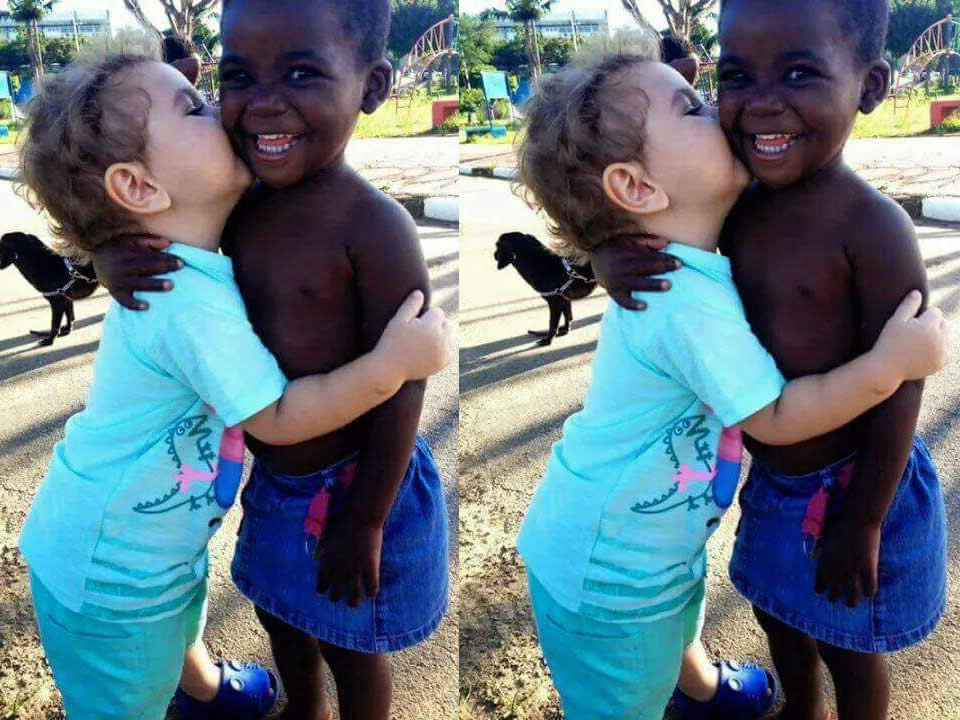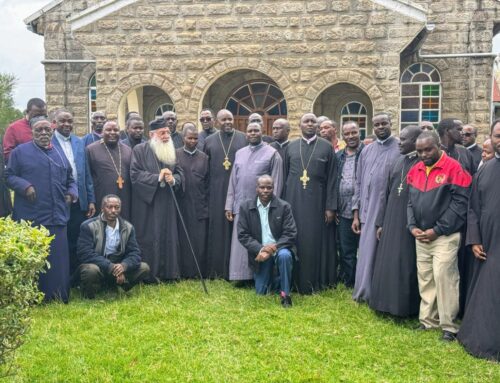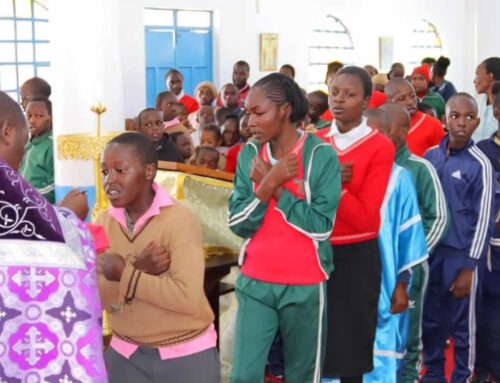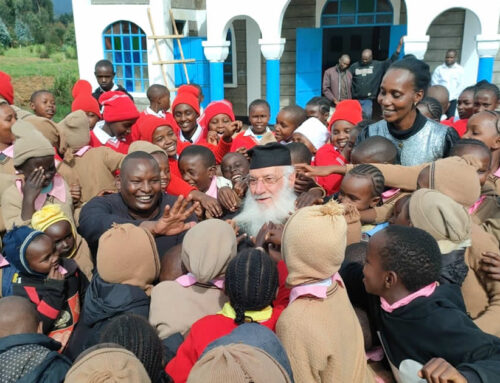This learning how to love ultimately entails seeing all human beings as created in the image of God. This is not as easy as it seems. It’s one thing to declare that all humans are created in the image of God; it’s another thing to form oneself in such a way that such a belief is evident in our thoughts, feelings, actions—our very being toward the other person, especially the one who is different from us.
On the surface, then, it would seem that, of course, Christians are against racism—we should never think someone is inferior because of race. But theosis calls us to a deeper level. The struggle to learn how to love is one that includes rooting out racism in our own hearts and in the very structures that constitute the political, cultural, and economic matrix within which we locate ourselves. The first requires incessant self-reflection; the second requires action.
Racism today looks different that it did prior to the 1960s, when there were actual visible signs that proclaimed that Black persons were inferior to White persons, especially through segregation of bus seats, drinking fountains, restaurants, sidewalks, hotels, etc. Those signs are, for the most part, gone, but there are other, less visible signs such as the disproportionate incarceration rate of Black and Latino Americans—even when charged with the same crimes as White Americans—the continued segregation of schools, the continued and widening gap between White household incomes and the incomes of people of color, the decision of persons to opt for prison as a way of avoiding gang culture because there are no other options, or the need for high school kids in Chicago to train themselves to walk in the middle of the street in case of a drive-by shooting—one could go on and on. These disparities, as well as others, such as access to loans or the best public schools, evince clear signs of privileging of White persons, notwithstanding the fact that lower- to middle-class White persons have suffered economically over the past two decades. It also points to the reality that although the visible signs of racial segregation are not as evident, or that overtly racist actions are not as socially acceptable, racism is still operative in the complex social matrix in which we are embedded, and which undoubtedly forms and even deforms our judgments and beliefs in ways that we are not aware of. If that is true, then it requires incessant self-reflection in our struggle to learn how to love or to identify how we may be contributing to this structural inequality, even when we consciously condemn racism. This type of self-reflection may give us courage to act–to create structures that would facilitate for all people the lived experience of irreducible uniqueness—of being created “in the image and likeness of God.”
Get Invoved by Supporting the needy at St Irene Orthodox Mission Center
The Holy Apostle Paul, in his speech on the Areopagus in Athens, unequivocally asserted that God “hath made of one blood all nations of men for to dwell on the face of the earth” (Acts 17:26). That “all nations of men” are “of one blood” clearly indicates that any biological differences between so-called “races” are superficial at best. “Race,” when used as a classification based on external characteristics (such as skin color, facial features, and differences in eye and hair color), is a largely artificial construct that has never been used as a legitimate ethical or theological category within the Church. When we speak of race within the Church, we speak of the fallen “race of Adam,” and the “Christian race.” There are no races, in the sense of there being an objectively definable category of “race” as we commonly use the term—only humans with any number of different phenotypical descriptors. Most emphatically there is not a “Caucasian race” or a “Negro race” or an “Asiatic race.” There are nationalities, linguistic groups, cultural associations, and so forth, but these have only an accidental relationship to phenotype.







